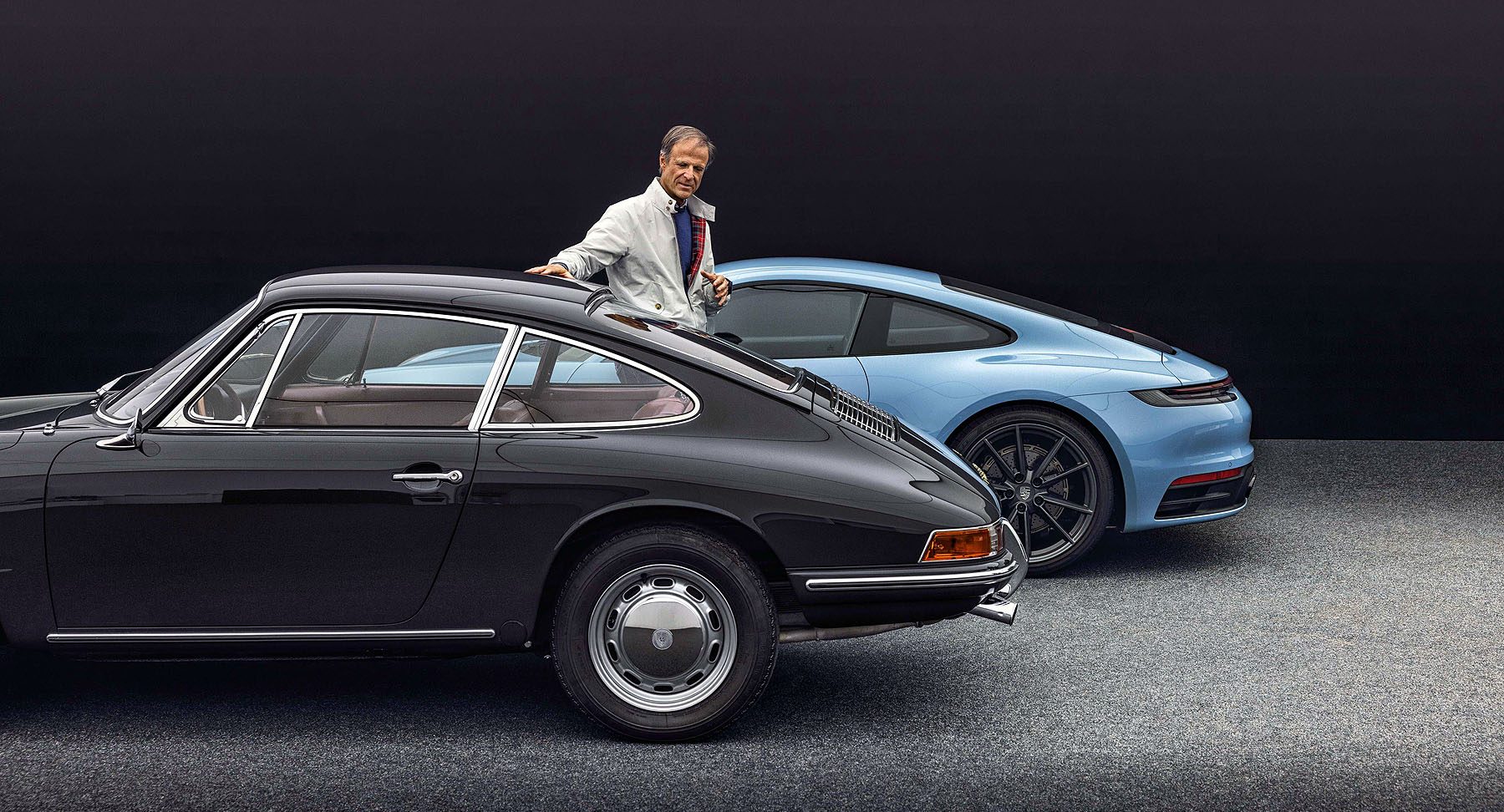Evolution, not Revolution
Since its debut in 1964, the Porsche 911 has epitomized engineering evolution. Conceived by Ferdinand “Butzi” Porsche, this iconic vehicle has undergone continuous refinement, while preserving its distinctive rear-engine layout and silhouette. Each stage represents a chapter in Porsche’s heritage, from air-cooled engines of the yesteryears to modern turbocharged technical wonders. Throughout its six-decade journey, the Porsche 911 has seamlessly melded tradition with progress, solidifying its stature not just as a car, but as an enduring design achievement.
At this year’s IAA Mobility, the 911 will once again take center stage. Porsche’s chief designer Michael Mauer has been responsible for the design of the sports car brand for almost 20 years. In this interview, he talks about his greatest challenge: continuing the glorious legacy of the 911. It requires a lot of skill – and self-confidence.
No Subscription? You’re missing out
Get immediate ad-free access to all our premium content.
Get Started



